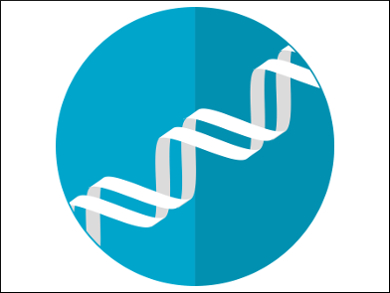Merck has developed a new genome editing tool that makes CRISPR/Cas systems more flexible, giving researchers more experimental options and faster results that can accelerate drug development and access to new therapies. CRISPR/Cas enables genome editing using an enzyme called Cas9 to cut DNA, but this has limited targeting abilities. The applications of CRISPR/Cas are far ranging—from identifying genes associated with cancer to possibly reversing mutations that cause diseases.
The new technique, called “proxy-CRISPR”, provides access to previously unreachable areas of the genome. Most natural CRISPR/Cas systems found in bacteria cannot work in human cells without significant re-engineering. The endonuclease FnCas9 from Francisella novicida bacteria, for example, is usually inhibited for many places in the genome of living human cells, but has potentially useful properties different from other endocleases.
FnCas9 can be activated in a targeted manner by binding it to a different, inactive Cas9 enzyme that binds at proximal sites in the genome and allows the FnCas9 to access sites it usually would not be able to reach. The same proxy-CRISPR strategy is applicable to other CRISPR/Cas systems.
Proxy-CRISPR provides a simple method to increase the usability of CRISPR/Cas systems without the laborious need to re-engineer native CRISPR proteins. Merck has filed several patent applications on the proxy-CRISPR technology. The new technology is a follow-up to the company’s existing CRISPR applications. Its next suite of genome editing tools, to be launched later in 2017, will include novel and modified versions of Cas and Cas-like proteins.
- Merck KGaA, Darmstadt, Germany
- Targeted Activation of Diverse CRISPR-Cas Systems for Mammalian Genome Editing via Proximal CRISPR Targeting,
Fuqiang Chen, Xiao Ding, Yongmei Feng, Timothy Seebeck, Yanfang Jiang, Gregory D. Davis,
Nature Commun. 2017.
DOI: 10.1038/ncomms14958




